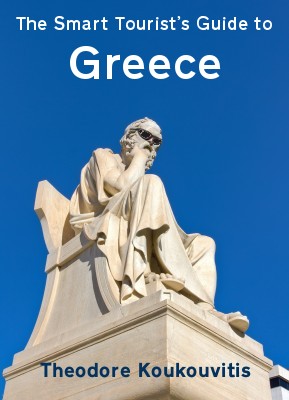https://papers.ssrn.com/sol3/papers.cfm?abstract_id=3575147
This paper analyzes the stability and usefulness of a human-in-the-loop caseload management method for COVID-19. This can control the balance between medical resource utilization and economic shutdown duration across significant scenario variation. It reduce the total cases by controlling the rate of spreading as groups cross the herd immunity threshold, and suggests late intervention has more effect on total cases than early intervention once containment has failed. Data as of April 11, 2020 show that “flattening” strategy for COVID-19 in both the world and the U.S. is working so well that a significantly effective removal of social distancing (aka “unlock”) at any time in the next few years, other than after widespread and effective vaccination, will produce a rebound overloading the healthcare system. For the world, by early April flattening was working so well that a world rebound could be projected in 2021 that would exceed in critical demand even the additional million or so ventilators requested by world governments. In the U.S., whose trajectory is somewhat ahead of the world, the projected rebound of a late year unlock is already greater than the current crisis projected peak. Most citizens are tacitly expecting much sooner rather than much later unlocks. Leaving economies locked down for a long time is its own catastrophe, especially for countries that cannot provide substantial economic aid to their citizens. An SIR-type model was used with clear parameters suitable for public information, and both tracking and predictive capabilities, and an additional simulation of a decision-maker on selected-day partial unlock designed mainly to manage ventilator or other critical resource utilization, to make sure they are neither idle nor over committed. Using certain days of the week, already practiced by some countries, is not a necessary part of the method, but was used in the simulation to give a highly quantified unlock scheme. It also helps restore economic activity. While the model shows total cumulative cases, and therefore deaths, declining initially with flattening, when flattening begins to produce large rebounds the death rate goes back up. Partial unlock to manage critical resources brings the cumulative cases down about 8-12% between now and the second half of 2021, and therefore saves lives with some degree of certainty.








